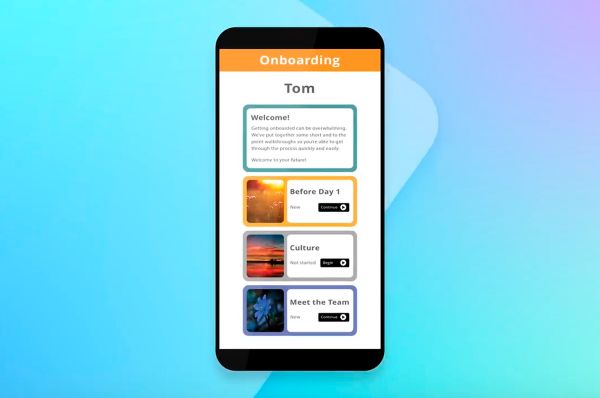
Employee Onboarding Communication Strategies
Employee Onboarding is a crucial process that sets the stage for a successful and productive work experience. It is the first impression that new employees have of the company and plays a significant role in their long-term engagement and retention. One key aspect of effective employee onboarding is communication. In this article, we will explore some strategies to enhance employee onboarding communication and ensure a seamless integration of new hires into the organization.

Pre-Onboarding Communication
Setting Expectations
Before new employees join the organization, it is important to set clear expectations regarding their onboarding process. This includes providing a timeline of activities, sharing necessary paperwork, and informing them about any pre-arrival preparations they need to complete.
Welcome Email or Letter
A personalized welcome email or letter sent before the onboarding day can make new hires feel valued and excited about joining the company. The message should include essential information such as the start date, time, location, dress code, and any items they need to bring.
Providing Access to Resources
To ensure a smooth onboarding experience, provide new employees with access to necessary resources such as employee handbooks, training materials, and relevant company policies. This helps them familiarize themselves with the organization and its processes in advance.
Onboarding Day Communication
Personalized Welcome
On the first day of onboarding, it is crucial to provide a warm and personalized welcome to new employees. This can include a personalized welcome kit, a tour of the office or virtual workplace, and introductions to key team members.
Introduction to the Team
Introduce new hires to their immediate team members, including their manager and colleagues. Encourage open communication and foster a supportive environment where new employees feel comfortable asking questions and seeking guidance.
Company Overview and Values
During onboarding, provide a comprehensive overview of the company, its history, mission, vision, and core values. This helps new hires understand the organization's culture and align their own values with those of the company.

Ongoing Communication during Onboarding
Regular Check-ins
Throughout the onboarding process schedule regular check-ins with new employees to gauge their progress, address any concerns or questions, and provide ongoing support. These check-ins can be in-person, virtual, or a combination of both.
Training and Development Updates
Communicate training and development opportunities available to new hires. This can include workshops, seminars, online courses, or mentorship programs. Regularly update new employees on upcoming learning initiatives to encourage their professional growth.
Feedback and Support
Provide a feedback mechanism for new employees to share their experiences, challenges, and suggestions. Encourage open dialogue and assure them that their feedback is valued and will be used to improve the onboarding process.
Leveraging Technology for Communication
Online Platforms and Tools
Utilize online platforms and tools to facilitate communication and collaboration during the onboarding process. This can include intranet portals, project management software, and low-code platforms.
Online Intranet Portals
Online intranet portals provide a centralized hub where new hires can access essential information, documents, and resources. It serves as a one-stop destination for onboarding materials, employee handbooks, policies, and training modules. Through the intranet portal, new employees can quickly familiarize themselves with the company's culture, values, and processes, ensuring a smooth transition into their roles.
Low-Code Platforms
One innovative option for enhancing the onboarding process is the use of low-code platforms like Optimum Employee Onboarding. These platforms provide a user-friendly interface that allows organizations to build customized onboarding applications and workflows with minimal coding required. Low-code platforms enable HR teams to design interactive onboarding experiences tailored to the specific needs of their organization. From personalized welcome messages and interactive training modules to automated task assignments and progress tracking, low-code platforms offer flexibility and efficiency in streamlining the onboarding process.
Conclusion
Effective communication is a vital component of successful employee onboarding. By implementing the strategies outlined in this article, organizations can create a positive onboarding experience that fosters engagement, productivity, and long-term retention. However, to truly maximize the potential of your onboarding process, it's essential to go beyond the basics.
Optimum Employee Onboarding takes a comprehensive approach, combining effective communication with streamlined processes, personalized experiences, and ongoing support. It goes the extra mile to ensure that new hires not only feel welcomed and informed but also become fully integrated, engaged, and productive members of your team from day one.
So, if you're ready to unlock the full potential of your workforce, it's time to embrace Optimum Employee Onboarding. Make the commitment to invest in the resources, tools, and strategies that will elevate your onboarding process to new heights. Experience the transformative power of a comprehensive onboarding program that sets your organization and its employees up for long-term success. Make an appointment for a free Introductory Consultation and let us show you how Optimum can simplify your onboarding processes.